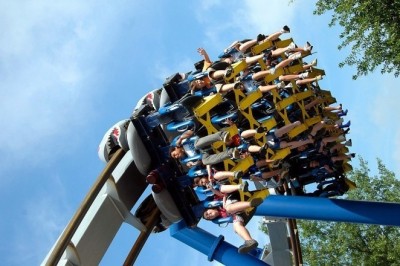What Cause Front Leg Lameness on Dogs
Dogs carry over 60 percent of their weight on their front legs, with their hind legs acting as accelerators. Their front legs are attached to the rest of his body by muscles with no collarbone, which provides for more flexibility. All this powerful equipment is susceptible to injury or damage by misuse, particularly in breeds whose bone structure has been changed through selective breeding.
Front leg lameness can be caused by one of the following disorders: fractured bones, dislocated joints, torn ligaments and tendons, bruised muscles, osteochondrosis (OCD), elbow dysplasia, and bone infection. Signs that the dog is suffering from fractured bones and/or dog leg injury include a slight swelling for simple fractures or larger damage to the surrounding tissue for more complex fractures. Dislocated joints are found in the shoulders, hips, and knee joints and are commonly injured or damaged during traffic accidents.
Torn ligaments and tendons cause substantial lameness, either with or without the swelling, but are less painful than fractures. Bruised muscles are very tender to the touch while a deeper bruise is not always obvious just by looking at the skin. With osteochondrosis (OCD), tiny pieces of cartilage break off the ball of the humerus located in the shoulder joints and float around in the joint fluid which causes pain. Pain and lameness in the elbow are caused by injuries or an ununited anconeal process - commonly referred to as elbow dysplasia, a disorder in which the elbow bone does not meet the ulna properly, leaving a loose piece of bone that usually cause arthritis. Lastly, bone infections usually happen after a penetrating injury such as a dog bite.
What To Do
When a fracture is simple and the bones remain straight, the dog will need a cast or a splinter. On the other hand, complex fractures require internal fixation with plates, pins, or screws. Dislocated joints can be manipulated back into position or it may need surgery. Torn ligaments and tendons usually need surgical repair. Bruised ligaments, tendons, and muscles respond well to professional bandaging, pain reliever, and plenty of rest. OCD is diagnosed according to the history of the dog, his breed, X-rays and examination. Medication alone is often necessary for this type of disorder. However, with severe pain and lameness, the floating pieces of cartilage are surgically removed from the joint. Elbow injuries and damages are treated with medications or by surgical correction using screws. Lastly, bone infections are treated using antibiotics that concentrate in bone tissue.
Dog Health: www.dogsvitalsigns.com























